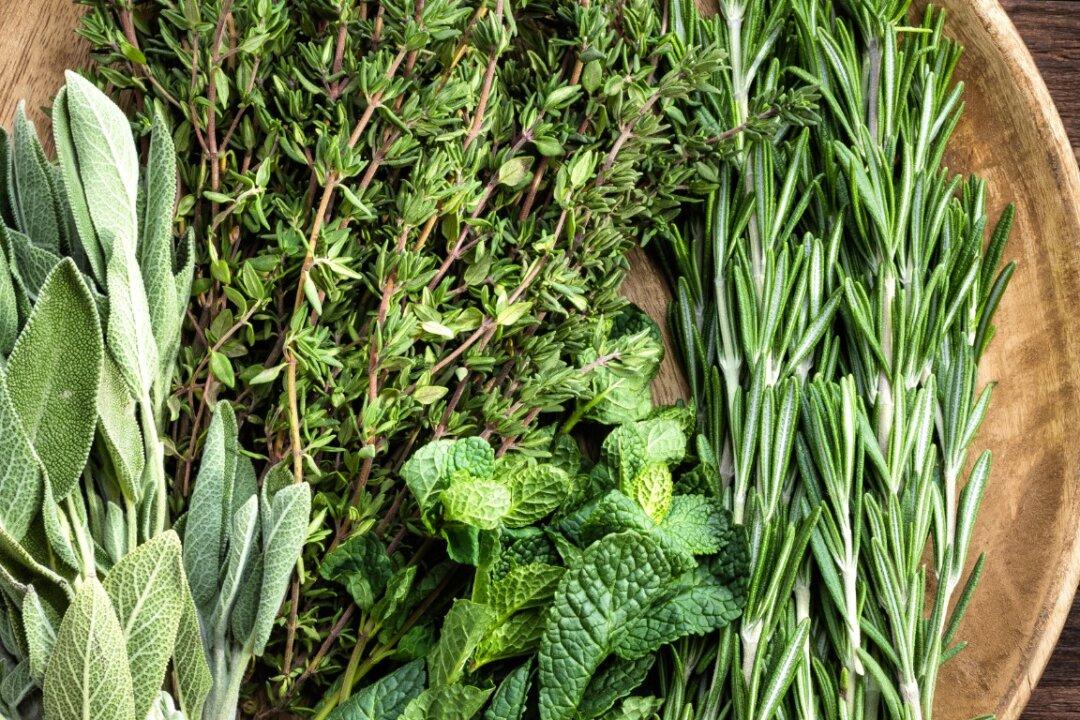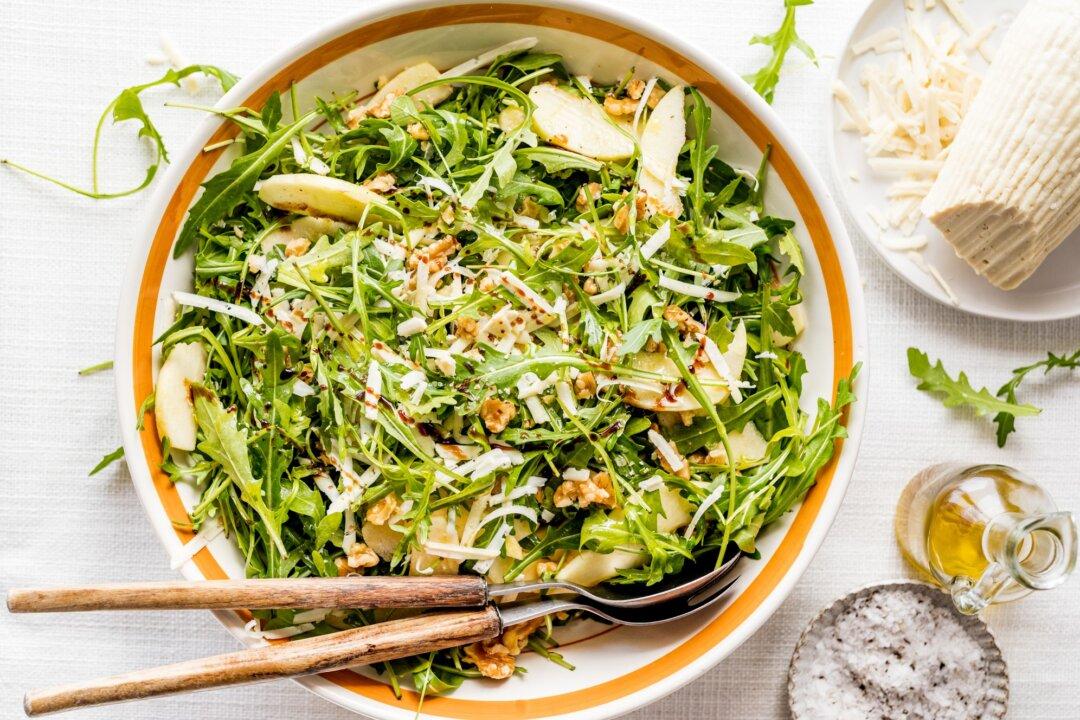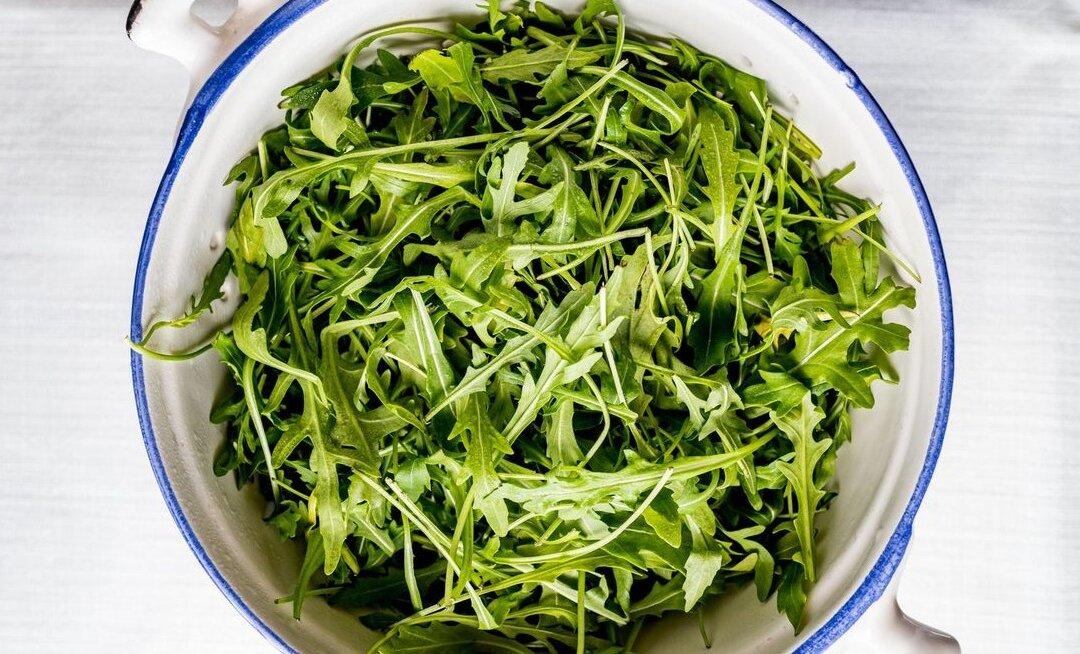Tuscan cooking, and Italian cooking in general, rely heavily on fresh herbs. You won’t find dried herbs in our spice racks; instead, we often pick them directly from a pot or the garden, following seasonal availability.
There are perennial herbs, such as rosemary and sage, that are a constant in many traditional dishes throughout the year, from roasted meat to baked fish. Other herbs appear in our cooking only during their peak season: think of summertime basil and wild fennel, which marry beautifully with other ingredients that share the same season, like ripe tomatoes and new potatoes.





